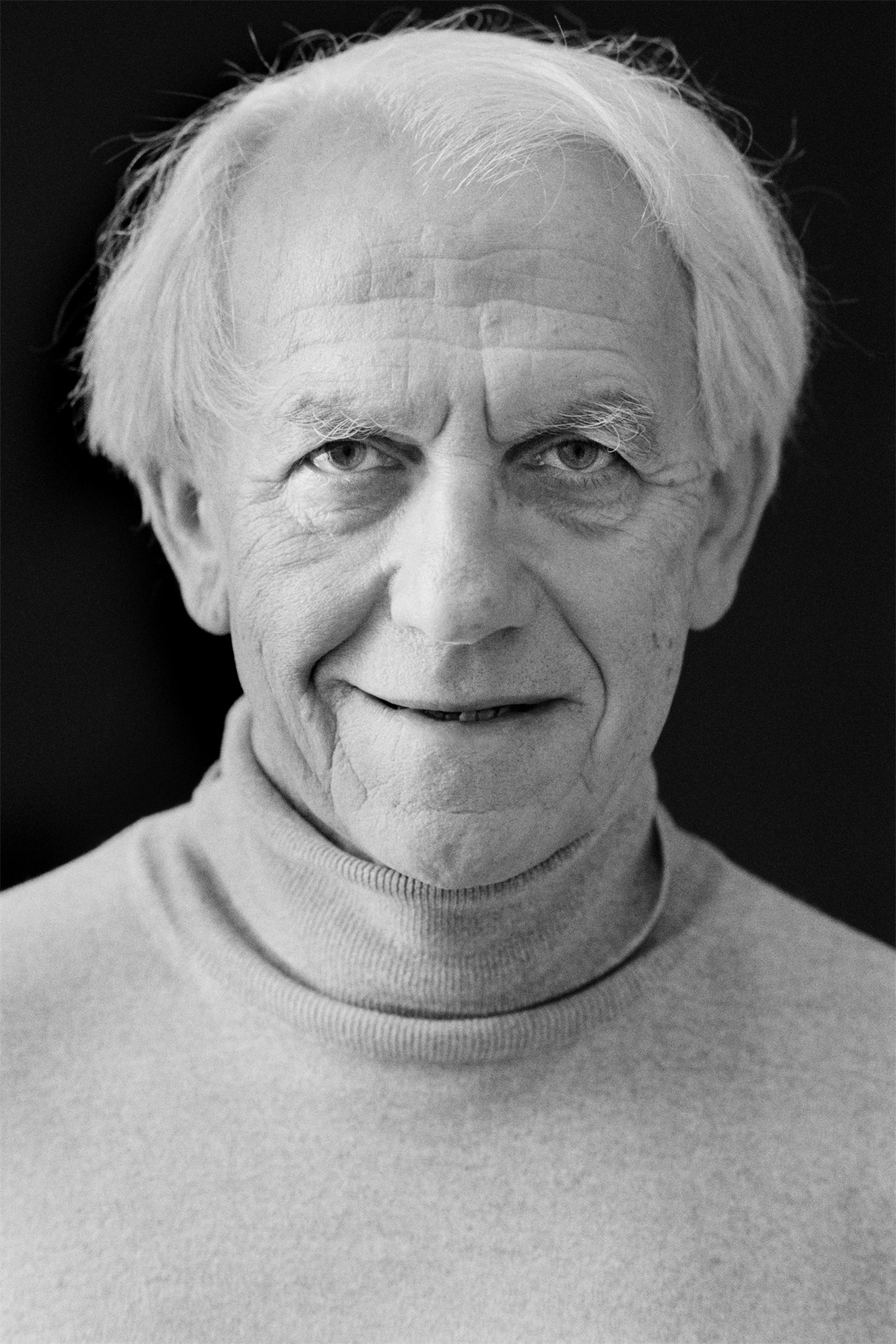
Never was the phrase ‘the blink of an eye’ more apt than for the work of Gérard Mourou and Donna Strickland, who shared half the 2018 Nobel Prize for Physics for their method of generating high-intensity, ultra-short optical laser pulses. Their technique has led to new areas of research in industry and medicine, including laser surgery for eye operations. The duo shared the award with Arthur Ashkin, who developed ‘optical tweezers’, as the Nobel rewarded "groundbreaking inventions in laser physics".
Mourou and Strickland met after Strickland completed her degree in engineering in Canada and headed south to pursue her PhD at the University of Rochester, NY, studying under Mourou at the Laboratory for Laser Energetics. Ever since the introduction of lasers, scientists have sought to intensify the beam of light, but there seemed to be a limit to how intense the shorter wavelength laser pulse could get before the amplifying material was destroyed. To combat this, laser equipment tended to be large, cumbersome and expensive. Unaware of the radar work in the radio wave, the duo set out to compress a chirped pulse in the visible at a relatively low energy level and pulse duration in the picosecond. The first initial experiment was a success. To go higher in energy, they had to discover a new matched stretcher-compressor. Their eureka moment came, Mourou says, when he was riding a ski lift. As the chairs spread and bunched, he realised he could do the same with the laser pulses. You can’t exceed the speed of light, but you can slow it down and speed it up. Using a ‘grating’ of mirrors, prisms or lenses, the light could be split spectrally to force light of different wavelengths to take longer or shorter routes before being recombined and compressed to its original duration. The grating pair makes the low-frequency component travel a shorter path, so that the high-frequency component lags behind and has longer pulse duration than the original by a factor of up to 100,000. While the pulse is stretched it can be amplified hugely and safely before concentrating it again, effectively squeezing more light into the same time. This ‘chirping’ generates ultrashort optical pulses of terawatt intensity using smaller, cheaper equipment. Ironically it was after their initial work that they discovered that the radar community was using a similar technique in the microwave range for accurate long distance ranging as opposed to ultrahigh intensity pulse generation.
Mourou and Strickland published their findings in 1985, and CPA lasers are now used in physics, chemistry and medicine for precision drilling and surgery and, with light pulses as short as a femtosecond (one million of a billionth of a second) it is possible to illuminate events that previously appeared to be instantaneous, or at sub-atomic levels with the study of electrons.
Gérard Albert Mourou was born in June 1944 in Albertville, France. He studied at the University of Grenoble before gaining his MSc and at the University Laval, Quebec before his PhD in 1973 at the Pierre and Marie Curie University in Paris. After a postdoctoral year at the California State University in San Diego he returned to lead a research group at the École Polytechnique. He moved to the US as a professor at University of Rochester in 1977 where he invented the CPA technique with Donna and went on to work on the applications of the technique with his team at the University of Michigan. He eventually returned to France as a professor at Haut Collège at the École Polytechnique and director of the Laboratoire d'Optique Appliquée at the Superior National School of Advanced Techniques (ENSTA).
